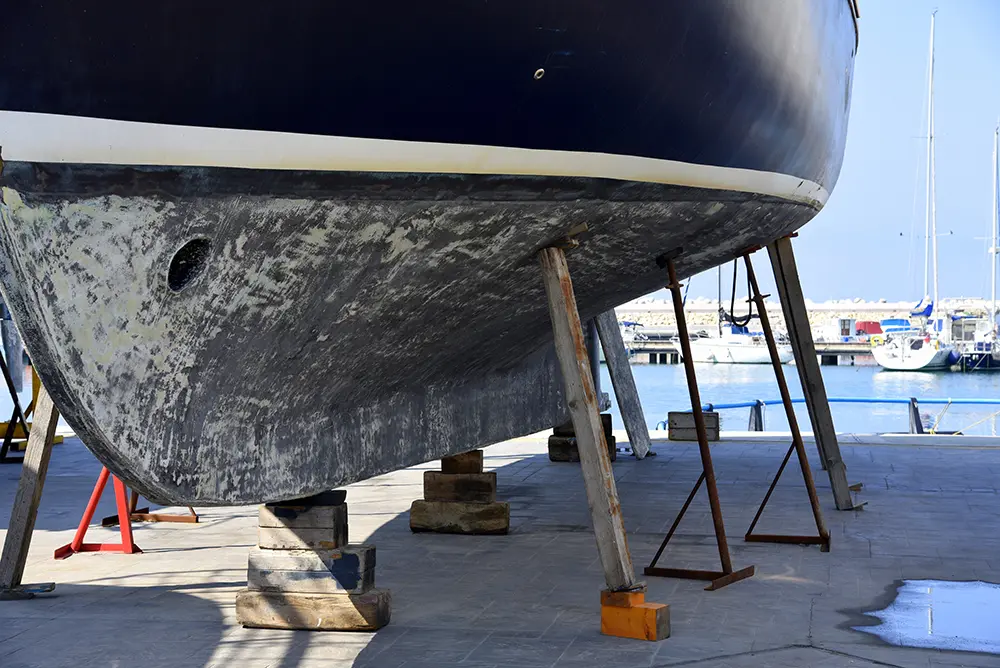
With mass production in the boating industry over the last 50 years leading to compromises in quality manufacturing practices, more and more people are left wondering about the unsightly blisters that can frequently appear along the hull of their boats. Hull blistering can be costly to fix depending on the extent of the damage, as well as making resale slightly more difficult in some cases. What is most frustrating is that hull blistering is as easy to prevent during initial construction, as simply choosing the right boat building materials. To this day, the number one cause of hull blistering remains the use of cheap resins to cut down on overall building costs. This may refer to the use of one lesser brand resin over another, or purposefully opting for the cheapest product on the shelf, but either way, this seemingly harmless decision is the ground zero for nearly all hull blistering situations. You may think it would be better and easier to spend the extra upfront costs to save yourself the time, expenses, and headache in the future, yet here we are.
Some people even seem to think that they can get away with a process commonly referred to as “tank coating” to mislead buyers. Tank coating simple means that higher quality resins are strategically used on the outside of the hull to prevent water permeation, while cheaper resins are used on the inside. This process was adapted for boat building after major success was seen when the gas, pool, and spa industries utilized this method to try and avoid leaks. Unfortunately, even though tank coating might seem like it would add a fraction more protection against hull blistering, it can actually make matters much worse.
When it comes to repairing hull blistering and finding solutions to this rampant problem, the answers are just as disappointing. Most of the time you will see the same chemical companies who are responsible for the low-quality resins that were used to build the boat in the first place, offering up equally inferior solutions that ultimately only worsen the condition. In order to effectively eliminate hull blistering for good, the hull of a boat must be completely sealed off and protected against all water both inside and out.
Hull blistering is mostly a harmless problem that is more an eye sore than a troubling sign of any real damage. If you happen to be the type of person to despise hull blistering, your only real option against it is to ensure that you purchase a boat manufactured with only the highest quality building materials. If you are considering the purchase of a new or used boat and are looking for a marine surveyor, call Christian today at 1.810.531.0992 or fill out the form in the sidebar to schedule your free consultation.